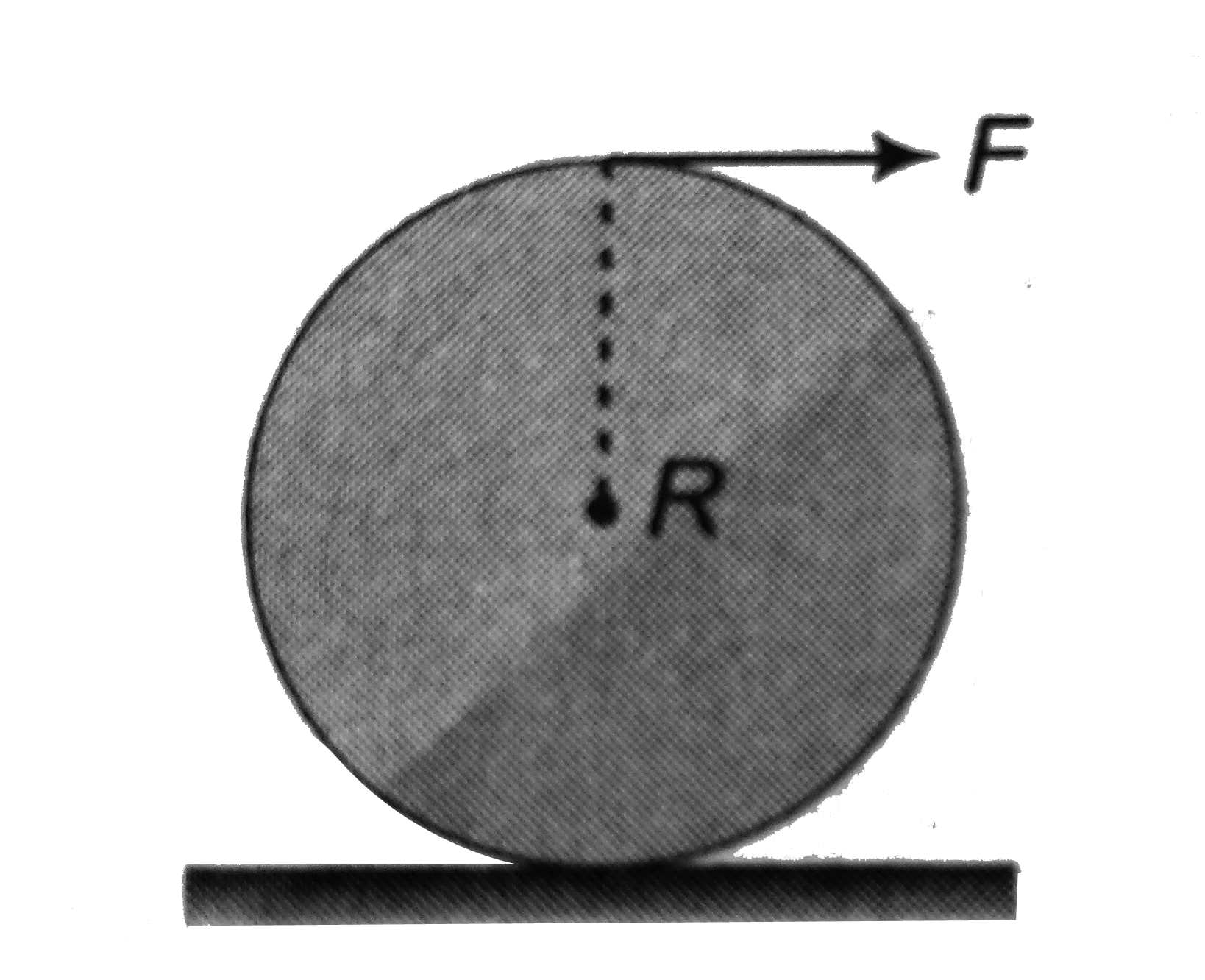If radius of second shell of Li+2 ion is R , then the radius of its
third shell will be :−
9R4
4R9
3R2
2R3
The correct Answer is:A
To find the radius of the third shell of the Li+2 ion given that the radius of the second shell is R, we can follow these steps:
Step 1: Understand the Formula for Shell Radius
The radius of the nth shell in a hydrogen-like atom is given by the formula:
\( R_n = \frac{0.529 \, n^2}{Z} \)
where:
- \( R_n \) is the radius of the nth shell,
- \( n \) is the principal quantum number (shell number),
- \( Z \) is the atomic number of the ion.
Step 2: Determine the Atomic Number
For the Li+2 ion, lithium (Li) has an atomic number \( Z = 3 \).
Step 3: Calculate the Radius of the Second Shell
Using the formula for the second shell (\( n = 2 \)):
\( R_2 = \frac{0.529 \, (2^2)}{Z} = \frac{0.529 \, \cdot 4}{3} \)
Given that \( R_2 = R \), we can express this as:
\( R = \frac{2.116}{3} \)
Step 4: Calculate the Radius of the Third Shell
Now, we calculate the radius of the third shell (\( n = 3 \)):
\( R_3 = \frac{0.529 \, (3^2)}{Z} = \frac{0.529 \cdot 9}{3} \)
\( R_3 = \frac{4.761}{3} \)
Step 5: Relate \( R_3 \) to \( R_2 \)
To find the relationship between \( R_3 \) and \( R_2 \):
\( \frac{R_3}{R_2} = \frac{0.529 \cdot 9 / 3}{0.529 \cdot 4 / 3} \)
The \( 0.529 \) and \( 3 \) cancel out:
\( \frac{R_3}{R_2} = \frac{9}{4} \)
Thus, we can express \( R_3 \) in terms of \( R \):
\( R_3 = \frac{9}{4} R \)
Final Answer
The radius of the third shell of the Li+2 ion is:
\( R_3 = \frac{9}{4} R \)
---
The radius of the nth shell in a hydrogen-like atom is given by the formula:
\( R_n = \frac{0.529 \, n^2}{Z} \)
where:
- \( R_n \) is the radius of the nth shell,
- \( n \) is the principal quantum number (shell number),
- \( Z \) is the atomic number of the ion.
For the Li+2 ion, lithium (Li) has an atomic number \( Z = 3 \).
Using the formula for the second shell (\( n = 2 \)):
\( R_2 = \frac{0.529 \, (2^2)}{Z} = \frac{0.529 \, \cdot 4}{3} \)
Given that \( R_2 = R \), we can express this as:
\( R = \frac{2.116}{3} \)
Now, we calculate the radius of the third shell (\( n = 3 \)):
\( R_3 = \frac{0.529 \, (3^2)}{Z} = \frac{0.529 \cdot 9}{3} \)
\( R_3 = \frac{4.761}{3} \)
To find the relationship between \( R_3 \) and \( R_2 \):
\( \frac{R_3}{R_2} = \frac{0.529 \cdot 9 / 3}{0.529 \cdot 4 / 3} \)
The \( 0.529 \) and \( 3 \) cancel out:
\( \frac{R_3}{R_2} = \frac{9}{4} \)
Thus, we can express \( R_3 \) in terms of \( R \):
\( R_3 = \frac{9}{4} R \)
The radius of the third shell of the Li+2 ion is:
\( R_3 = \frac{9}{4} R \)
Similar Questions
Knowledge Check

A tangential force F acts at the top of a thin spherical shell of mass m and radius R. Find the acceleration of the shell if it rolls without slipping.Aa. Acceleration of disc = 2F/3mBb. Friction force between disc and surface = 2F/3Cc. Acceleration of disc = 6F/5mDd. Friction force between disc and surface is F/3
If the radius of the second Bohr of hydrogen atom is r2 the radius of the third Bohr orbit will be
View SolutionThe radius of the second Bohr orbit for Li2+ is :
View SolutionRadius of 2 nd shell of He+ is
( where a0 is Bohr radius )
View SolutionThe radius of hydrogen shell is 0.53Å, then in first excited state radius of shell will be :
View SolutionIf the radius of the second orbit of hydrogen atom is a Å then radius of the first orbit of Li2+ ion (in Å ) will be
View SolutionIf the radius of the first Bohr orbit of the H atom is r then for the Li2+ ion it will be:
View Solution
A tangential force F acts at the top of a thin spherical shell of mass m and radius R. Find the acceleration of the shell if it rolls without slipping.
View Solution
